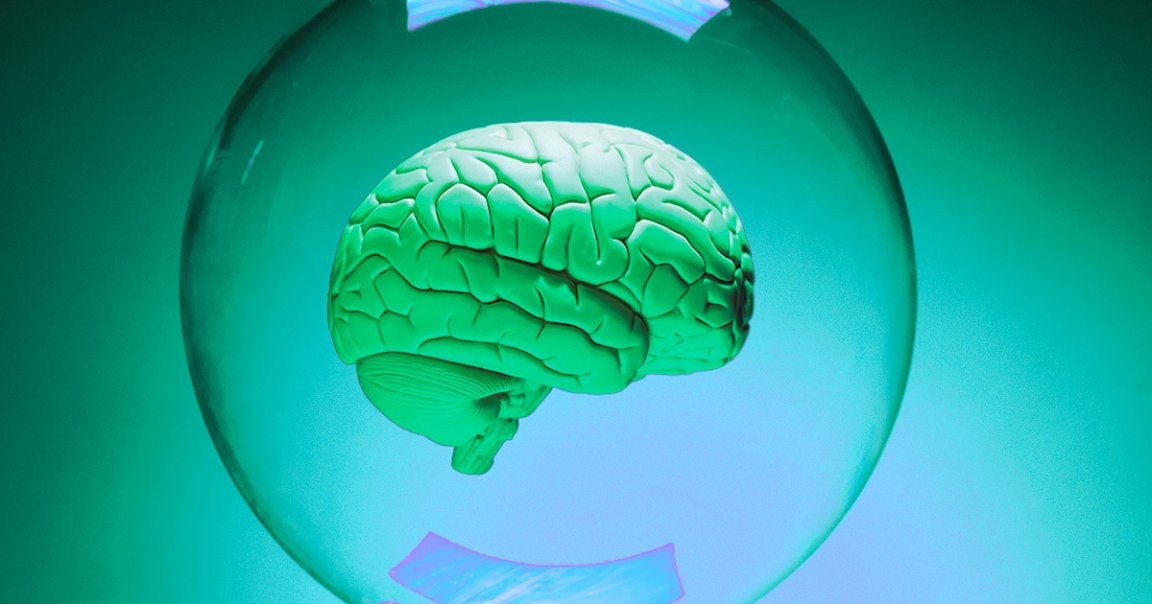
Boom or Bust?
It’s been a rough week for the tech industry. If the AI bubble hasn’t already burst, investors are certainly waking up to the idea that what they’ve poured their money into may be, in fact, a bubble.
Either way, the numbers are bad: the seven biggest tech giants, including Microsoft, Google, and Nvidia, have collectively lost more than $650 billion in market capitalization as of Monday, according to The Wall Street Journal, though they have now begun to rebound somewhat.
What this means for the future of AI is unclear, but history may offer us a few insights. Andrew Odlyzko, a professor of mathematics at the University of Minnesota, is considered a leading expert on economic bubbles of the past — so it’s fascinating to hear his take in an interview with The Economist.
First, Odlyzko emphasizes how the AI bubble is fundamentally different from two major historical bubbles that are tempting analogs: the railway mania of the 1840s, and the telecommunications bubble that burst in 2001, a year after the dot-com bubble did. In both cases, their industries knew how they’d make profit from the get-go. Their error, instead, was drastically overestimating how much they’d rake in.
But with AI, no one yet knows exactly how it will make money — something that critics of the industry have been harping on for years now.
Textbook Examples
A better parallel for AI leaders, according to Odlyzko, would be the telegraph and electricity booms in the 19th century. In the US, telegraphs were built to speed up the railway industry, and telegraph lines were built along existing train tracks — which mirrors how tech giants rolled out AI models by stuffing them into their existing products.
Meanwhile, the trajectory of Nvidia, the world’s foremost AI chip maker, resembles that of electric lighting. There was huge excitement for a new technology to replace candle and oil lighting, and at first, arc lamps were the dominant contender.
Those would be Nvidia’s graphics processing units (GPUs) in this analogy, which turned out to be well-suited for processing the vast amounts of data devoured by AI models. As a result, Nvidia saw its valuation soar from some $500 billion to $3 trillion during the AI boom.
The thing is, you’ve probably never seen an arc lamp in real life. That’s because Thomas Edison came along as a proponent of incandescent lights, which turned out to be more reliable, cheaper to make, and above all, more profitable. Edison founded General Electric, while his arc-nemesis faded into obscurity.
Flip Side
Even if AI products utterly fail, it doesn’t necessarily spell the end of the big tech firms building them. As Odlyzko puts it, they are “insanely rich” and can tank the losses.
We’re already seeing all of the “Magnificent Seven” tech stocks up again, minus Tesla, though the road to recouping those bled billions may be long.
That being said, Nvidia stands to lose the most, if AI leaders decide to slow down development and stop buying its GPUs — or worse, start selling them on the second-hand market, Odlyzko said.
More on AI: Is the Tech Stock Collapse Related a Sign of the AI Bubble Popping?